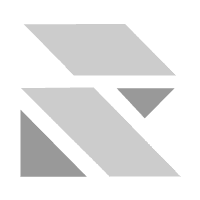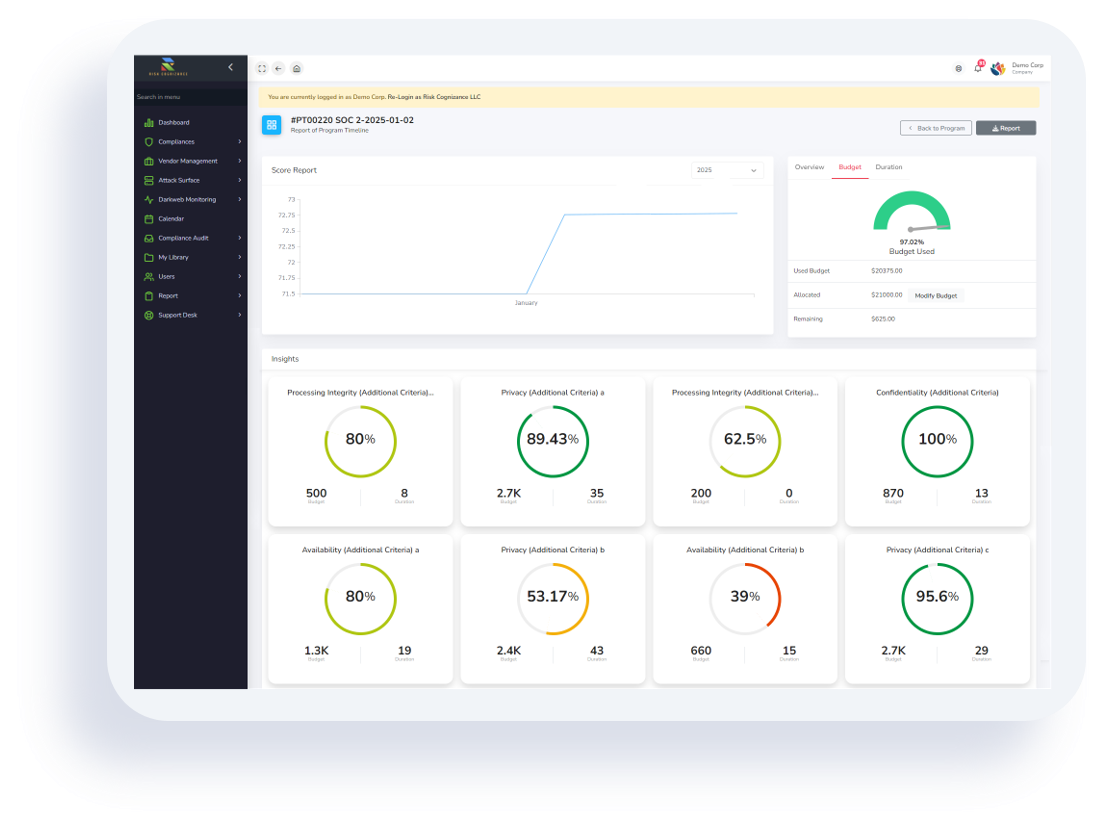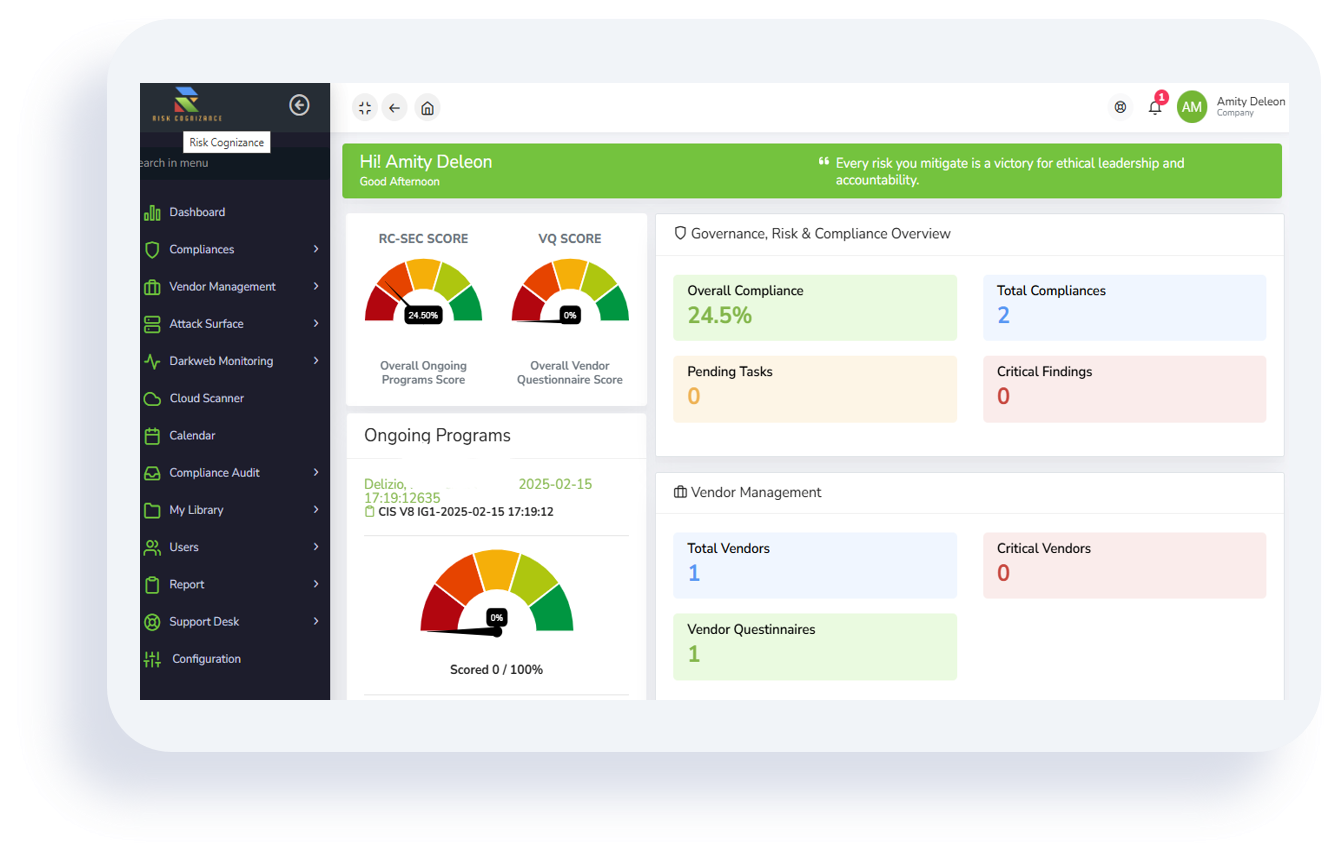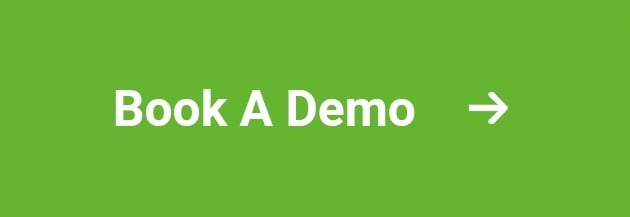
Demo: Automating Compliance for SOC 2, ISO 27001, HIPAA, and More
In the modern business world, securing customer data and demonstrating a commitment to security is not just a best practice—it's a fundamental requirement. Regulatory frameworks like SOC 2, ISO 27001, and HIPAA are the rulebooks, and for many companies, they are the key to unlocking new markets and building trust. Yet, the traditional approach to compliance is a massive drain on resources. It’s a chaotic, manual process of endless spreadsheets, scattered documents, and a panicked scramble to gather evidence right before an audit. This not only consumes valuable time but also introduces a high risk of human error, potentially leading to failed audits, costly fines, and irreversible reputational damage.
The good news is that this outdated, reactive model is being replaced by a modern, proactive approach: compliance automation. A cutting-edge platform can transform your company’s security posture from a stressful, one-time event into a continuous, streamlined, and efficient program. It’s a solution that not only helps you pass an audit but also fundamentally improves your security from the ground up.
The High Cost of Manual Compliance
Preparing for an audit manually is a significant drain on your business. It's a cyclical, reactive process that pulls key employees away from their core responsibilities, creating a massive opportunity cost. The direct and indirect costs are substantial:
- Fragmented Efforts and Inconsistencies: Each framework (SOC 2, ISO 27001, HIPAA) has its own unique set of controls, but they often overlap. Managing these separately in different spreadsheets and documents creates silos. A single policy update, for example, must be manually documented and cross-referenced across multiple compliance efforts, leading to version control issues and potential inconsistencies that an auditor will quickly spot.
- A Massive Time and Resource Drain: The constant need to collect evidence is a relentless task. Security teams spend countless hours pulling log files from cloud providers, HR departments track down signed policy documents, and engineers stop their development work to provide system configuration screenshots. This is not only inefficient but also leads to employee burnout.
- High Risk of Human Error: Manual processes are inherently fragile. A simple mistake—a missing screenshot, an outdated policy version, or a misfiled document—can be the single point of failure that jeopardizes your entire audit. The stress of the audit "crunch" increases the likelihood of these errors, putting your company at risk of financial penalties and losing business.
- No Real-time Visibility: With a manual process, you don't know if you're compliant until you’re deep into the audit preparation. You lack a real-time view of your security posture, leaving your organization vulnerable to a breach that could have been prevented with continuous monitoring.

The Core Principles of Compliance Automation
A modern compliance automation platform is a centralized security command center that simplifies and streamlines every aspect of your GRC (Governance, Risk, and Compliance) program. It is built on a few core principles that allow you to move from a reactive to a proactive state.
1. Centralized Control Mapping:
Instead of managing each framework in isolation, the platform uses a unified control library. It maps controls across different standards, allowing a single action to satisfy requirements for multiple frameworks simultaneously. For example, implementing Multi-Factor Authentication (MFA) on your company’s user accounts satisfies a control for SOC 2, ISO 27001, and HIPAA all at once. The platform automatically tracks and documents this evidence for each relevant standard, saving you countless hours of redundant work.
2. Automated Evidence Collection
The platform integrates directly with the tools you already use every day. By connecting to your cloud infrastructure (AWS, Azure, Google Cloud), identity providers (Okta, Azure AD), HR systems (BambooHR), and ticketing platforms (Jira), it automatically and continuously pulls the necessary evidence. This eliminates the need for manual screenshots, log pulls, and email chains. This continuous ingestion of data ensures that your evidence is always up-to-date and ready for review.
3. Continuous Monitoring & Proactive Alerting
Compliance automation transforms the compliance journey from a snapshot in time to a continuous process. The platform constantly monitors your integrated systems for any potential compliance gaps. If an employee is added to a system without the required security training or a critical software update is missed, the platform sends an immediate alert. This proactive approach allows you to fix issues as they arise, ensuring you are always audit-ready, rather than scrambling to fix problems at the last minute.
4. Workflow Automation & Task Management
A platform also automates the administrative tasks that typically consume so much time. It can automatically assign tasks to team members, send reminders for policy reviews, and track the status of control implementation. When it's time for a new employee to sign off on the security policy, the platform can handle the entire workflow, from document distribution to signature collection, and file the evidence for you.

A Deeper Dive into Key Frameworks
Let’s see how a compliance automation platform addresses the specific challenges of each framework:
SOC 2 (Service Organization Control 2)
SOC 2 is an auditing procedure that ensures a company securely manages customer data to protect the interests of the organization and the privacy of its clients. It is based on five Trust Services Criteria (TSC): Security, Availability, Processing Integrity, Confidentiality, and Privacy.
How Automation Helps: The platform provides a guided path to implementing and testing controls for each TSC. It automatically pulls evidence for controls like access management, log monitoring, and backup procedures from your cloud provider and identity systems. This ensures you have a complete, well-documented set of evidence ready for your auditor.
ISO 27001 (Information Security Management System)
ISO 27001 provides a framework for an Information Security Management System (ISMS). It is a rigorous, holistic approach to managing sensitive company information. A key component is the Statement of Applicability (SoA), which outlines which controls from the ISO 27002 standard are relevant to your organization.
How Automation Helps: The platform streamlines the creation and maintenance of your ISMS. It helps you conduct automated risk assessments, identify relevant controls for your SoA, and track your progress in implementing them. All evidence is automatically collected, making your annual surveillance audit and triennial certification audit much more efficient.
HIPAA (Health Insurance Portability and Accountability Act)
HIPAA is a federal law that establishes national standards for protecting sensitive patient health information (PHI). Compliance requires a focus on administrative, physical, and technical safeguards.
How Automation Helps: For companies that handle PHI, a compliance platform is essential. It provides pre-built HIPAA-specific control sets and helps enforce key technical safeguards, such as tracking user access to PHI, monitoring system activity, and ensuring data encryption. It automates the generation of documentation required for the Security Rule, dramatically simplifying a notoriously complex process.
_1748419459.png)
Conclusion: Compliance as a Competitive Advantage
The shift to a compliance automation platform is about more than just avoiding an audit failure. It's a strategic move that fundamentally improves your business. It allows you to:
- Grow Faster: By achieving certifications like SOC 2 and ISO 27001 in weeks instead of months, you can win new contracts and enter markets that were previously out of reach.
- Build Trust and Credibility: Demonstrating continuous compliance and a strong security posture builds confidence with your customers and partners.
- Empower Your Team: Free your team from repetitive, manual tasks so they can focus on high-value work, like innovation, development, and improving the business.
- Create a Resilient Organization: Transform your compliance efforts into a proactive security program that continuously monitors for risks, making your organization more resilient and better prepared for any threat.
Embrace compliance automation and turn a burdensome chore into a decisive competitive advantage. It's the future of security, and it’s how you can confidently build a more secure, resilient, and successful business.

.png)
